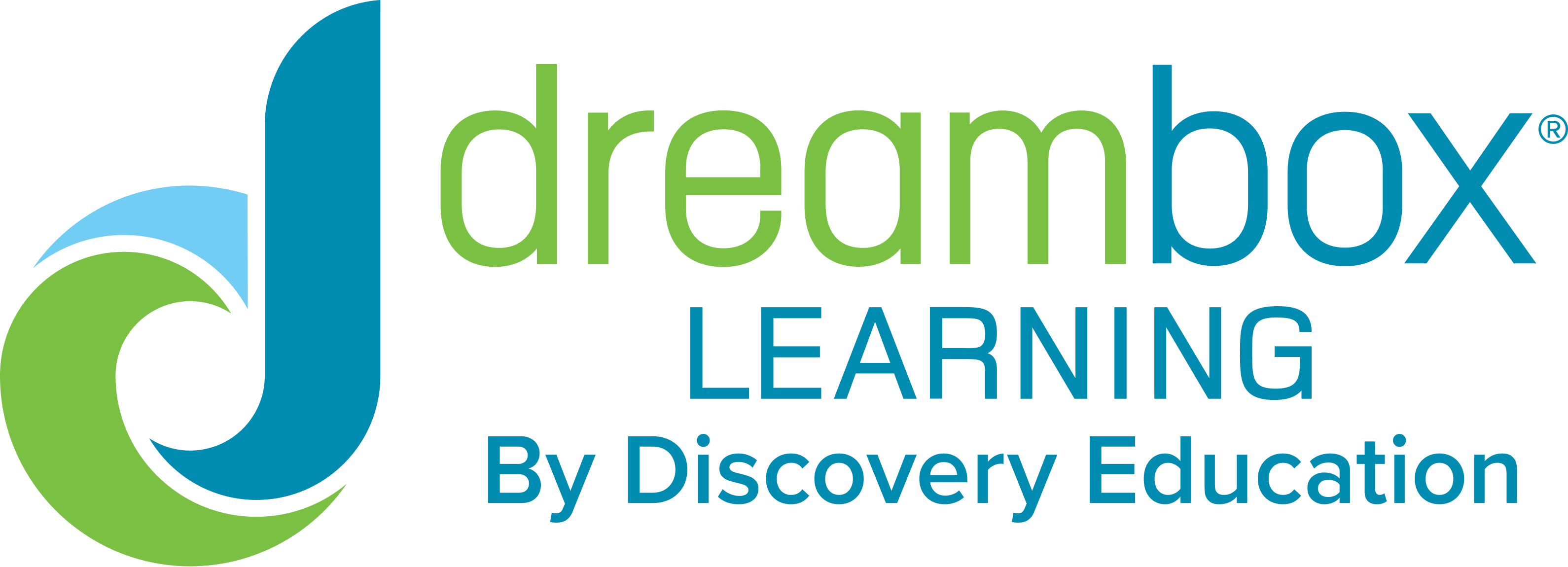The beauty of DreamBox is twofold in that it’s engaging and it’s versatile. The virtual manipulatives make learning math feel like a game. At the same time, the Interactive Adaptive Learning technology automatically adapts lessons to meet each student’s capabilities and builds from there. This is great for students. And these assets also benefit teachers by helping you differentiate lessons based on individual student needs, strengths and challenges, and allow you to continuously glean insights into their learning — without losing any time testing.
Let’s break it down. As students tackle lessons in DreamBox, the adaptive technology meets each child at their level. Based on how students answered questions in previous lessons, DreamBox adjusts the lesson and the level of difficulty (scaffolding, sequencing, number of hints and pacing) as appropriate. This adjustment allows students, whether struggling, at grade level or advanced, to progress at a pace that best benefits them and deepens conceptual understanding.
How does that help students grow? As students play on DreamBox, they are immersed in a world where learning is fun. They level up from one interactive game to the next, collecting data for their teachers as they play.
To gather data, the system asks and answers these questions after every mouse click:
- What support scaffolding and hints are needed to keep this learner from getting stuck?
- Does the learner understand this concept well enough to move on?
- Is this learner struggling due to gaps in understanding that need to be filled before continuing?
- Is the learner falling behind, zooming ahead or staying in the zone of proximal development?
- What instructional tools and types of instruction work best for this learner?
- Where should this learner go next?
Data-driven success
The data that DreamBox captures, and makes available to teachers, shows a student’s ability and lessons are adjusted accordingly. By personalizing lessons for each student, the system encourages a productive struggle through individualized instruction that ensures both growth and engagement.
The data also provides tangible insights that teachers can use to help their students make proficiency gains earlier in the learning cycle, address gaps and put all students on the right path for learning and achievement.
Student achievement
Students are in the driver’s seat as they choose which lessons to complete. When students take ownership of their learning, through the power of choice, they’re more motivated and engaged in learning.

At the same time, fostering positive student-teacher relationships results in stronger engagement and attendance,which improves achievement. The DreamBox messaging tool allows for two-way, customized communication between educators and students. Educators can stay in close touch with notes of encouragement or assignment reminders.
Equally as important, students set weekly goals on DreamBox and monitor their own progress, ensuring they’re active in their learning. Our research has shown that completing five or more lessons per week results in significant learning gains. As they engage with lessons, students continually receive feedback, earning badges and coins for perseverance. Reinforcing success helps build confidence in math ability, which inspires kids to grow.
As one educator put it, “When a kid who has historically not been successful [in math], is successful, you didn’t just turn their report card around, you really changed the entire trajectory of their life. We can create a situation where they no longer need support, and those kids begin to thrive throughout their high school career.”
Introducing students to DreamBox gives them the tools to meet 21st century demands.
This is the third article in our back-to-school blog series spotlighting ways that DreamBox Learning is supporting teachers and students this Back-to-School 2021. Read other articles in the series to learn about top dashboard reports, new features and lessons, setting healthy goals, and reorienting negative self-talk.

DreamBox Learning marketing team.










